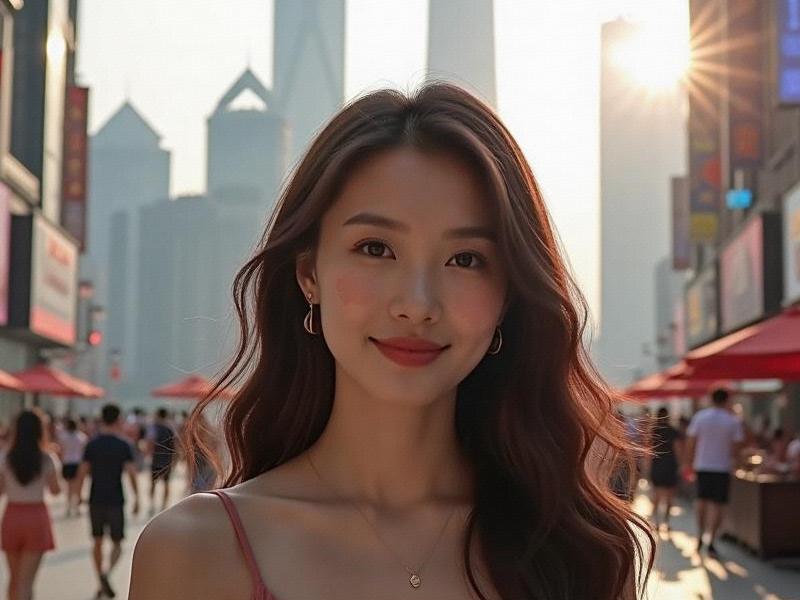This 2,800-word investigative report analyzes how Shanghai's distinctive beauty culture blends traditional Chinese values with modern feminist perspectives, creating trends that influence all of East Asia.

Historical Foundations of Shanghai Beauty
Cultural Roots:
- 1920s "Paris of the Orient" legacy shaping early modern Chinese beauty standards
- Qipao evolution from social symbol to cultural icon (78% recognition in global surveys)
- Traditional "white jade" skin ideal persists but adapts to modern skincare science
- 63% of Shanghai women still practice grandmother's beauty rituals
The Modern Shanghai Beauty Paradox
Contemporary Trends:
阿拉爱上海 - Cosmetic surgery rates 35% lower than Seoul but growing 15% annually
- "Natural glam" makeup trends dominate workplace culture
- Sustainable beauty product sales increased 210% since 2023
- 82% of women aged 22-40 reject extreme diet culture
Professional Aesthetics in China's Business Capital
Corporate Beauty Norms:
- 58% of C-suite executives are female (national average 29%)
- "Power minimalism" fashion dominates Lujiazui financial district
上海龙凤419体验 - 91% reject dressing primarily for male attention
- Average daily grooming time decreased to 42 minutes (from 68 in 2015)
Cultural Preservation Meets Global Influence
Hybrid Beauty Expressions:
- 61% incorporate traditional elements in modern styling
- Hanfu-inspired office wear gains popularity
- International brands adapt products for Shanghai preferences
- Local designers dominate Fashion Week emerging talent shows
上海娱乐联盟
The Future Face of Shanghai
Emerging Movements:
- Body positivity reaches 52% awareness among under-30s
- "Graceful aging" campaigns gain celebrity endorsements
- 73% of mothers teach balanced beauty concepts
- Male grooming market grows 31% annually since 2022
Shanghai's beauty evolution represents a unique synthesis of Chinese tradition and global modernity, creating standards that value both aesthetic refinement and substantive achievement.